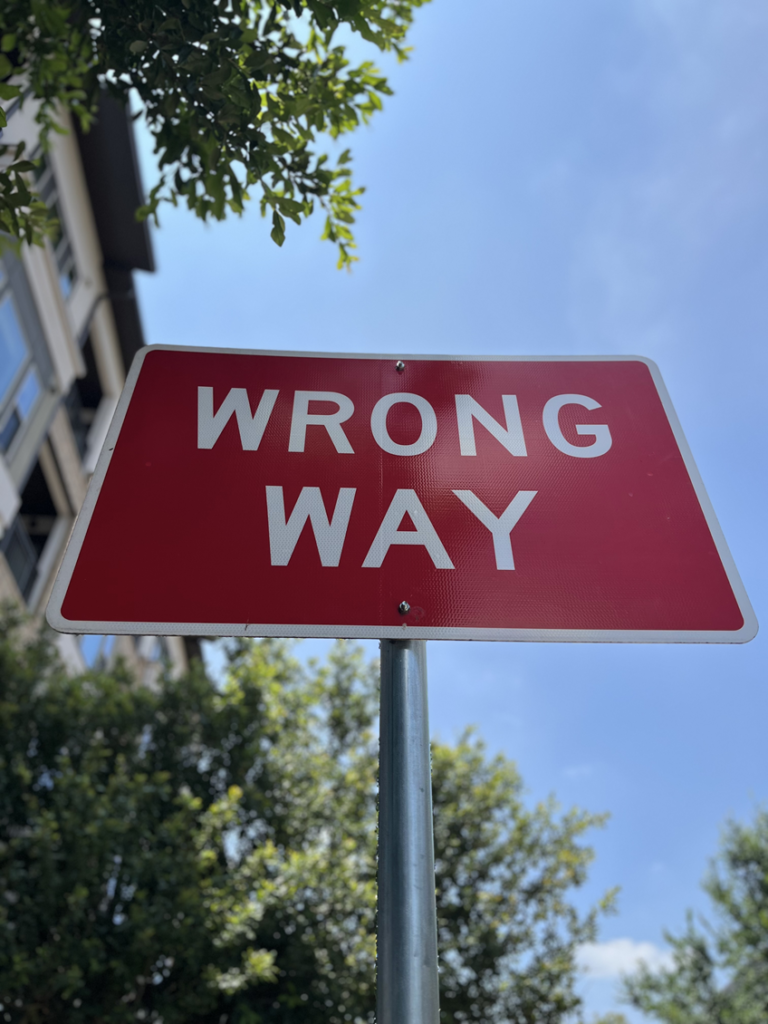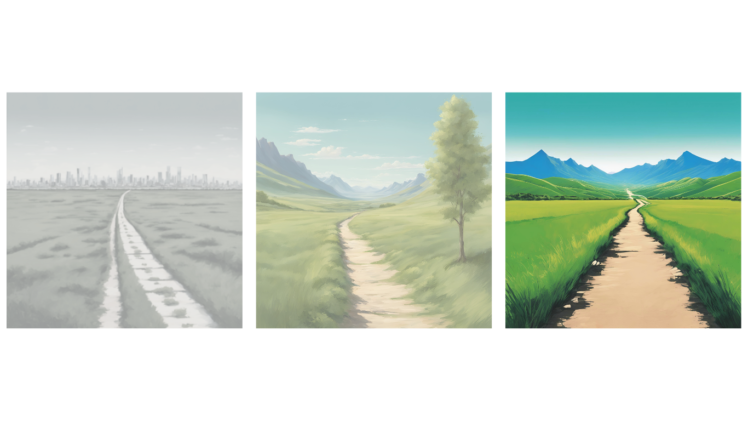The question posed to the teacher touches on the single insecurity universal to the human experience: the fear of mortality and the unknown.
The teacher’s reply was direct and invites critical interpretation, consistent with his method of dialogue, encounter, and compassion. The teacher’s answer is affirmed by his own life and story, how he departed from the family trade to embody his calling to educate and empower a people hungry for truth and knowledge, to instruct out of nothingness, where any street corner, dining table, fishing boat, or hillside is a classroom.
And it was in the nature of this walking-and-talking, listening-and-touching classroom that a young man approached and asked, “What must I do to inherit eternal life?”
Cultural expectation was for the social hierarchy’s learned top tier to morsel out answers, a list of commands for the lower classes to go and do. This charismatic teacher’s approach was different; “go and learn,” he would say, and likewise with the young man, his response was not an immediate prescription but a curiosity: First, tell me who you are and what you know.
“All these I have kept from my youth,” the young man said of his obedience to religious commandments.
Then the teacher, observing and loving, finally provided the lesson. “There is one thing you lack: Go, sell everything you own and give to the poor, and you will have treasure in heaven.”
The young man walked away full of sorrow, because he had wealth and privilege. The teacher turned to his students and underscored the learning outcome: “How hard it is for those who trust in riches to enter the kingdom of God!”
“Who then can be saved?” the students responded in astonishment, because common culture associated privilege, social status, and esteem as righteousness before God – financial fast lanes and exclusionary expressways to heaven.
The traveling teacher, a no one from Nazareth, the one called Jesus, who professed peace, love, and liberation came to show a different way. The road to salvation tapers toward simplicity and squeezes away the excess that pollutes, distorts, or wastes energy, and while this way challenges worldly expectations of success and progress, if we have the faith to follow through, God promises graces to help us keep going.
What is the Narrow Way?
The documented encounter between Jesus and the rich young man is corroborated by the three synoptic gospels, and in each case, Jesus’ responses indicate there is not one good thing that anyone does to earn eternal life except for living devoted to God and seeking righteousness, which is accounted from faith. Jesus’ message likely extends beyond material wealth or riches to any dependency or baggage that diverts confidence toward created things instead of the Creator.

Regardless, Jesus seems to be saying, “You’re asking the wrong question, and if you follow Me, I will lead you along the road to salvation,” which builds upon a foundational teaching principle.
“Enter through the narrow gate,” Jesus said. “For wide is the gate and broad is the way that leads to destruction, and many enter through it. But small is the gate and narrow the way that leads to life, and only a few find it.
“Again I tell you, it is easier for a camel to pass through the eye of a needle than for a rich man to enter the kingdom of God.”
The eye of the needle is literally the tiny opening at the tip of a needle through which thread is pulled. Thus, we walk single file through the narrow gate, and some might fall away as the path gets more discerning.
Interestingly, this heaven-seeking lifestyle was highlighted just before Jesus met the rich young man; Jesus corrected his students who attempted to turn away little children who approached as the rich young man soon would. In this case, Jesus blessed the children and said, “Let the little children come to me …Truly I tell you, anyone who does not receive the kingdom of God like a little child will never enter it.”
What do children have that adults lack, if not wonder and curiosity, gentleness and goodness? And as adults, we can develop false fronts to conceal the wounds we endure living in a world starved of real faith, hope, and love.
“Conversion happens most often in a slow, deliberate, and mysterious way, like a tree changing colors in the fall. And often you can’t see the change in yourself. … Change comes (by) grace (which has) as much to do with God’s desire to heal,” said James Martin, a Jesuit author. “For if we open ourselves to the workings of grace, God will heal us of whatever prevents us from living fully and freely.”
How Do We Find the Way?
If we walk by faith, and not by sight, then it stands to reason that we will require some sort of sensory awareness that brings the promised, but not yet, into our experience of the here and now.

The roads less traveled that lead to awakening, the narrow ways that unfold to our souls’ delight, are perceived, dreamed, and happened upon. So we need guides and guiding lights that stir our consciousness and invigorate our moral imagination.
“When your job is to see things other people don’t, you have to slow down enough that you can actually look,” said Austin Kleon, the writer who draws.
Kleon describes the daily work of any artist, poet, writer, or creator, who seeks to discover the magic in the mundane, capture it, and share it as knowledge we all can use to locate the paths of purpose. The endeavor of creativity offers a lens and a language through which we discern the divine and recognize what Dr. Martin Luther King, Jr., calls “the eternal principles of beauty, love, and justice” – clues, sensations, and assurances that move us with hope in the direction of what we do not yet see.
“Art invites us to take the journey beyond price, beyond costs into bearing witness to the world as it is and as it should be. Art invites us to know beauty and to solicit it from even the most tragic of circumstances,” Toni Morrison said. “Art reminds us that we belong here. And if we serve, we last.”




